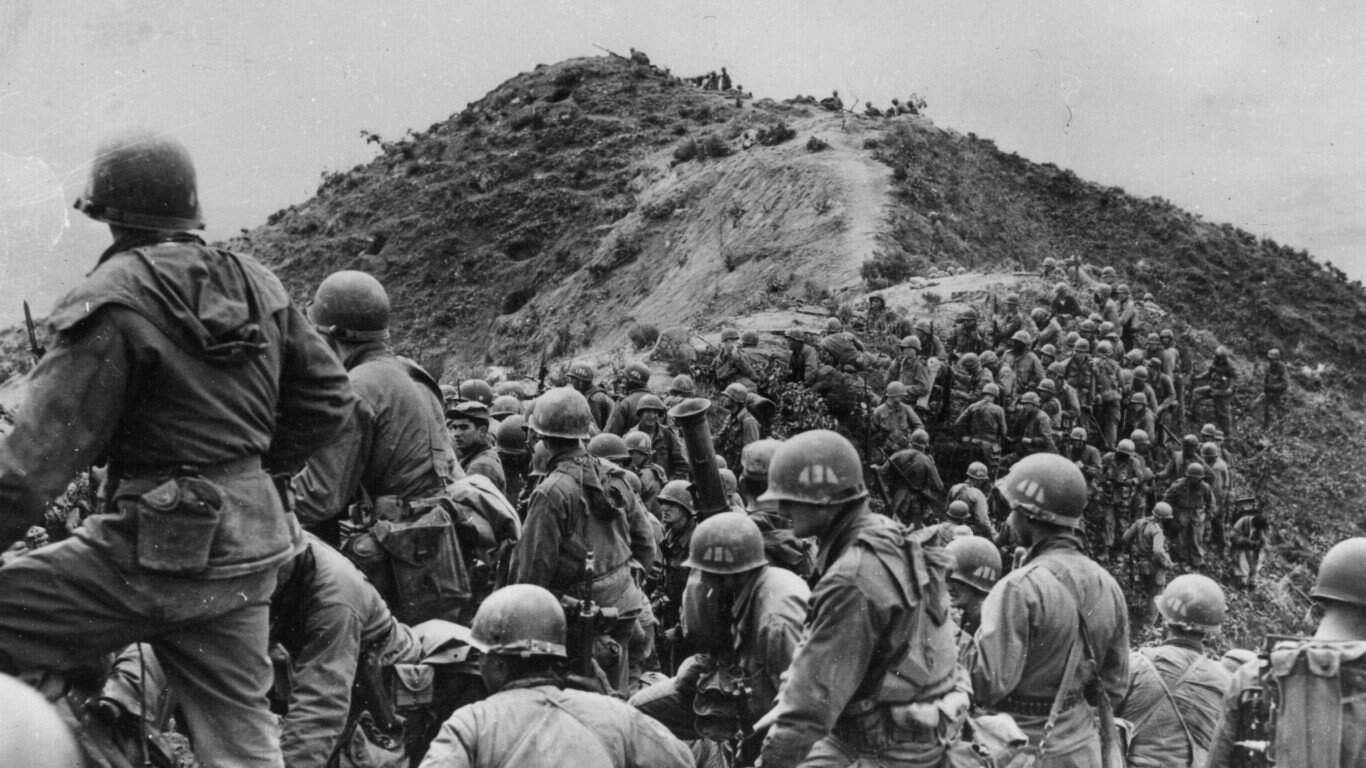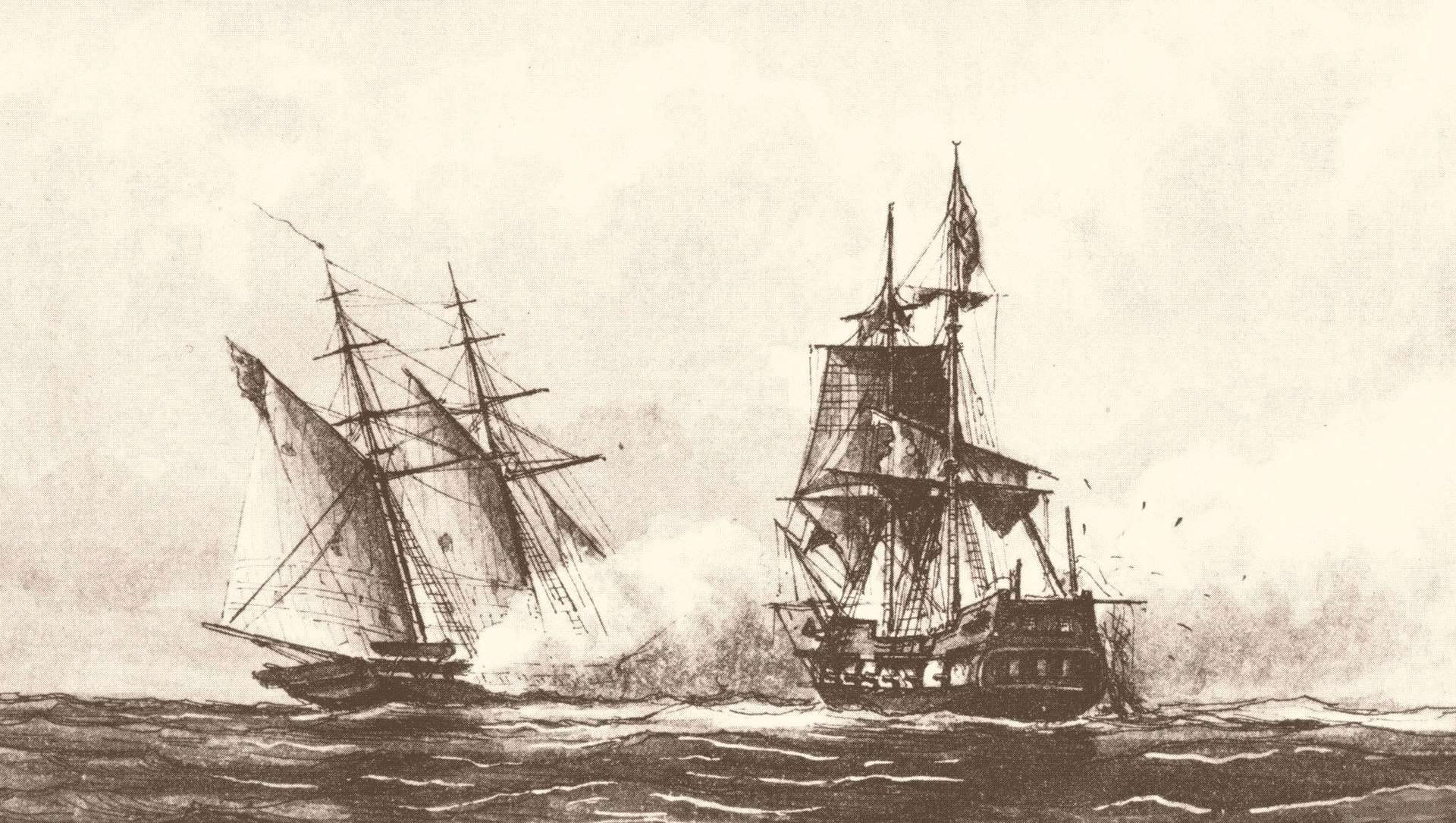For the people involved in a battle or war, it’s a haunting memory they’ll never forget. However, for those of us who weren’t around when many battles took place, it’s easy to only see and remember the major wars, like World War I, World War II, the Civil War, and a few others. The sad fact is there have been many wars during the course of our existence, and many of them have been lost to the sands of time. But not for long! Today, we’re going to look into some of the forgotten wars no one remembers. We’ll learn when they happened, why they happened, who was fighting, and other interesting facts. Why? Because remembering the past is important when preparing for the future.
To determine and learn about the forgotten wars no one remembers, 24/7 Tempo scoured the internet to find the best historical sources. The data we collected was from websites including History.com, History Forum, and the Wilson Center. For this list, we’re going with the definition that a “war” is an armed, intense conflict between states, groups, societies, or governments. We hope that this list will help us all to remember the past and fallen soldiers of our history. After you read about these forgotten wars, you can also learn about the many secret undercover missions during World War II.
The Philippine-American War
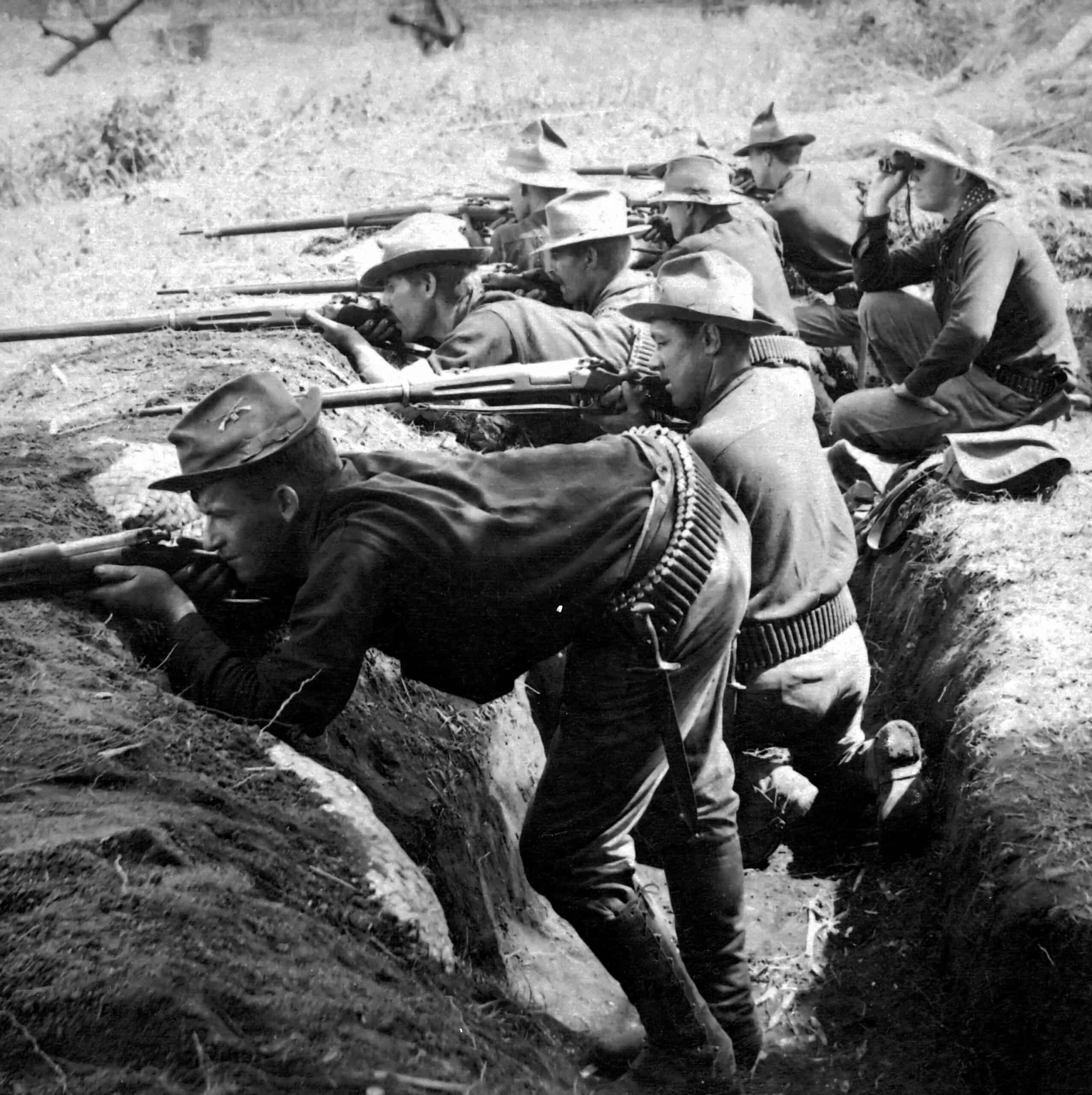
Our Boys entrenched against the Filipinos. Ca. 1899-1900. B. W. Kilburn. Stereo. (War Dept.) Exact Date Shot Unknown NARA FILE #: 165-FS-16-13634 WAR & CONFLICT #: 313
- When It Occurred: 1899 – 1902
- Who Fought: United States and Philippines
Not only is this one of the forgotten wars no one remembers, but this is a time in history that many people may not remember at all. It was 1898 when the Treaty of Paris effectively ended the Spanish-American War. As part of the settlement, the U.S. gained ownership of Guam, Puerto Rico, and the Philippines.
All was well except in the Philippines. The Filipinos did not anticipate that they’d be annexed by the U.S. Instead, they thought they would have their independence. So, tensions emerged, and the First Philippine Republic officially declared war on America.
The Philippine army began with traditional warfare but soon found that they were running out of resources, so they switched to guerilla warfare, and the battle continued for three years. There were many casualties from the fighting and from disease.
To end the war, the U.S. slowly started ceding control by authorizing the election of a general assembly in the Philippines. That ended the primary war. However, it wasn’t until the end of World War II that the U.S. granted independence to the Philippines.
The Korean War

- When It Occurred: 1950-1953
- Who Fought: North Korea and United States
Many people have heard of The Korean War, but it’s rarely covered in depth in class or history books. This conflict is often referred to as “the Forgotten War.” This war took place at the very start of the Cold War.
It all began when the communist North Korean People’s Army moved across the 28 parallel into what was then the pro-Western Republic of Korea, which would eventually become South Korea. In no time, U.S. troops were called to support the South, and battling and warfare went on for the next few years.
The result was the death of over five million civilians and soldiers. Even with all of that, a formal peace treaty has not seen the light of day.
The Quasi War
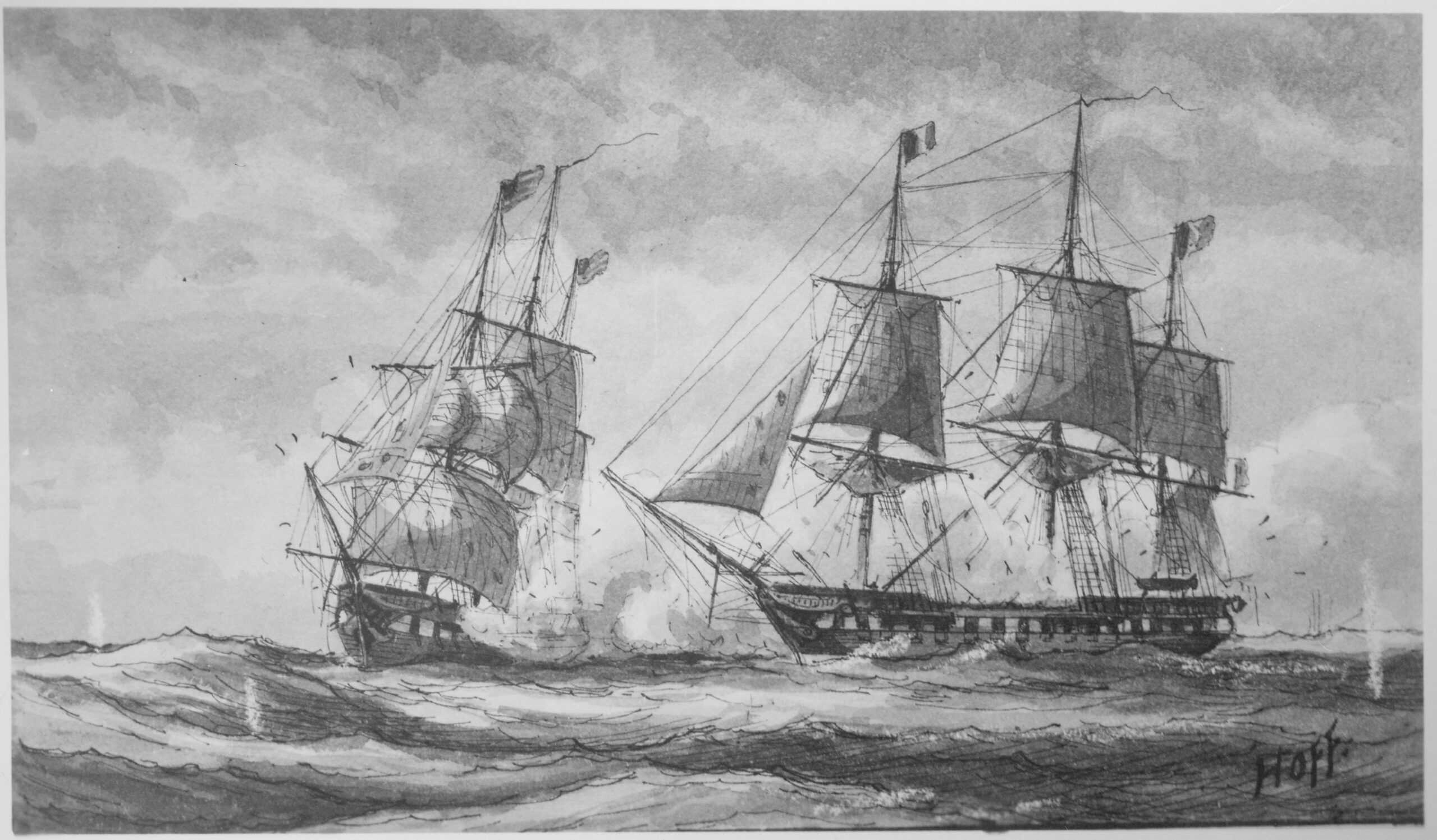
- When It Occurred: 1798–1800
- Who Fought: United States and France
The United States had borrowed money from France to fund the Revolutionary War. Afterward, they were repaying France for years. However, in 1793, when the U.S. was still repaying the loans, King Louis XVI was executed, and France’s government was overthrown.
Because of the French Revolution, representatives from America believed that France voided the loan agreement, so they stopped sending money to pay off the loans. Then, the U.S. also rescinded the commercial and diplomatic treaties they had set up.
Starting in 1798, France retaliated by sending privateers to attack U.S. ships. The U.S. fought back by attacking French ships. The battling went on for two years. The result was that the U.S. captured 80 French ships and defeated French vessels.
In 1800, negotiations between the two nations continued, and diplomatic relations improved. However, in the end, more than 300 American ships were captured, and 82 Americans were killed.
Bombing of Laos
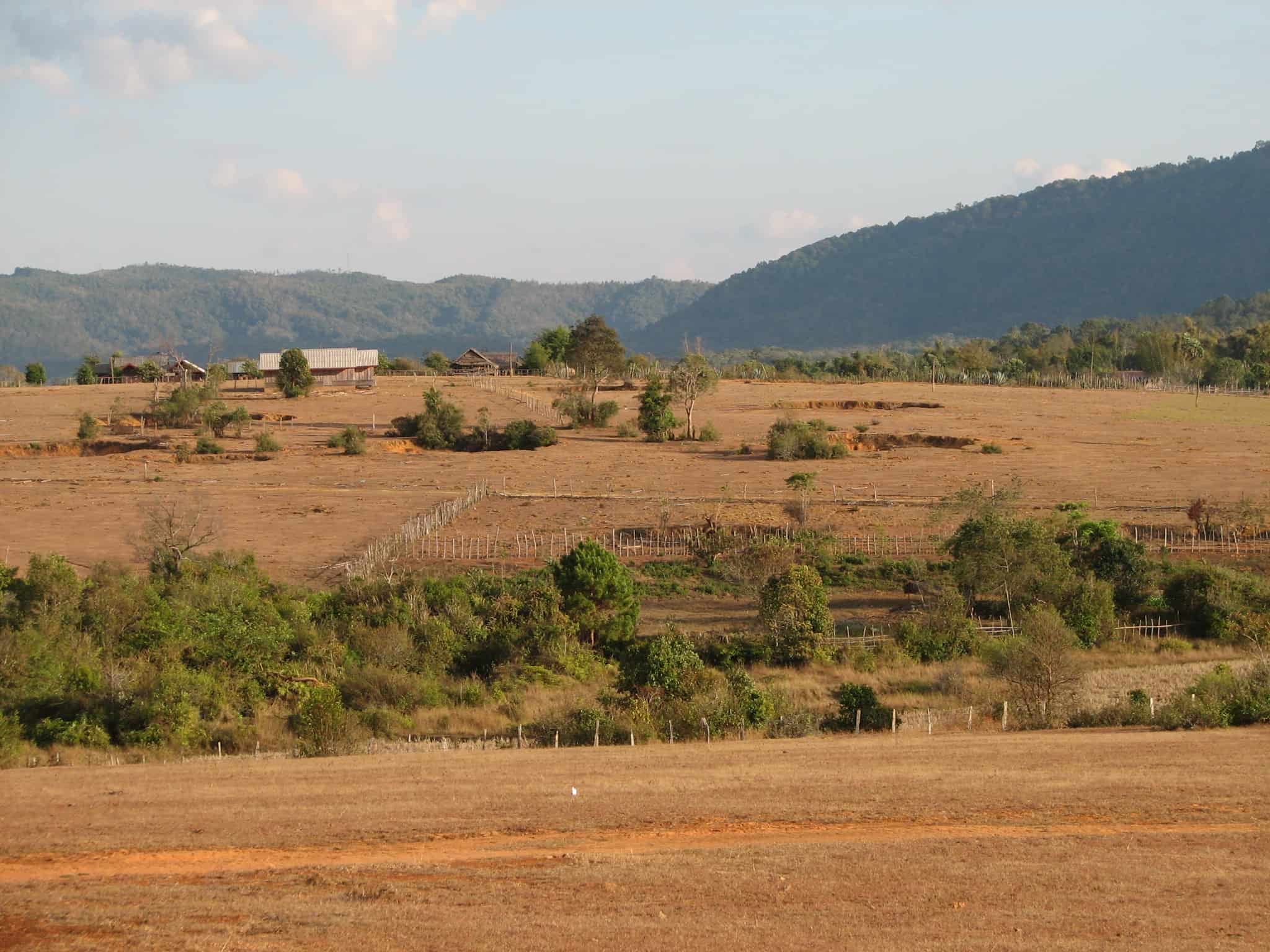
- When It Occurred: 1964-1973
- Who Fought: United States and Laos
This war is so secret and forgotten that all of the details have yet to see the light of day. The United States continuously bombed Laos for many reasons.
It began as an attempt by the CIA to take power from the communist group Pathet Lao, which had been allied with the Soviet Union and North Vietnam during the Vietnam War. The bombings of Laos continued as part of Dwight D. Eisenhower’s Domino Theory, which he believed would keep communism at bay.
His bombings were continued by presidents Lyndon B. Johnson, John F. Kennedy, and Richard Nixon. Most of the bombings were targeted along North Vietnamese supply routes that went through the Ho Chi Minh Trail that stretched into Laos and Cambodia. The bombings had mostly ceased by 1973.
The Cambodian Genocide
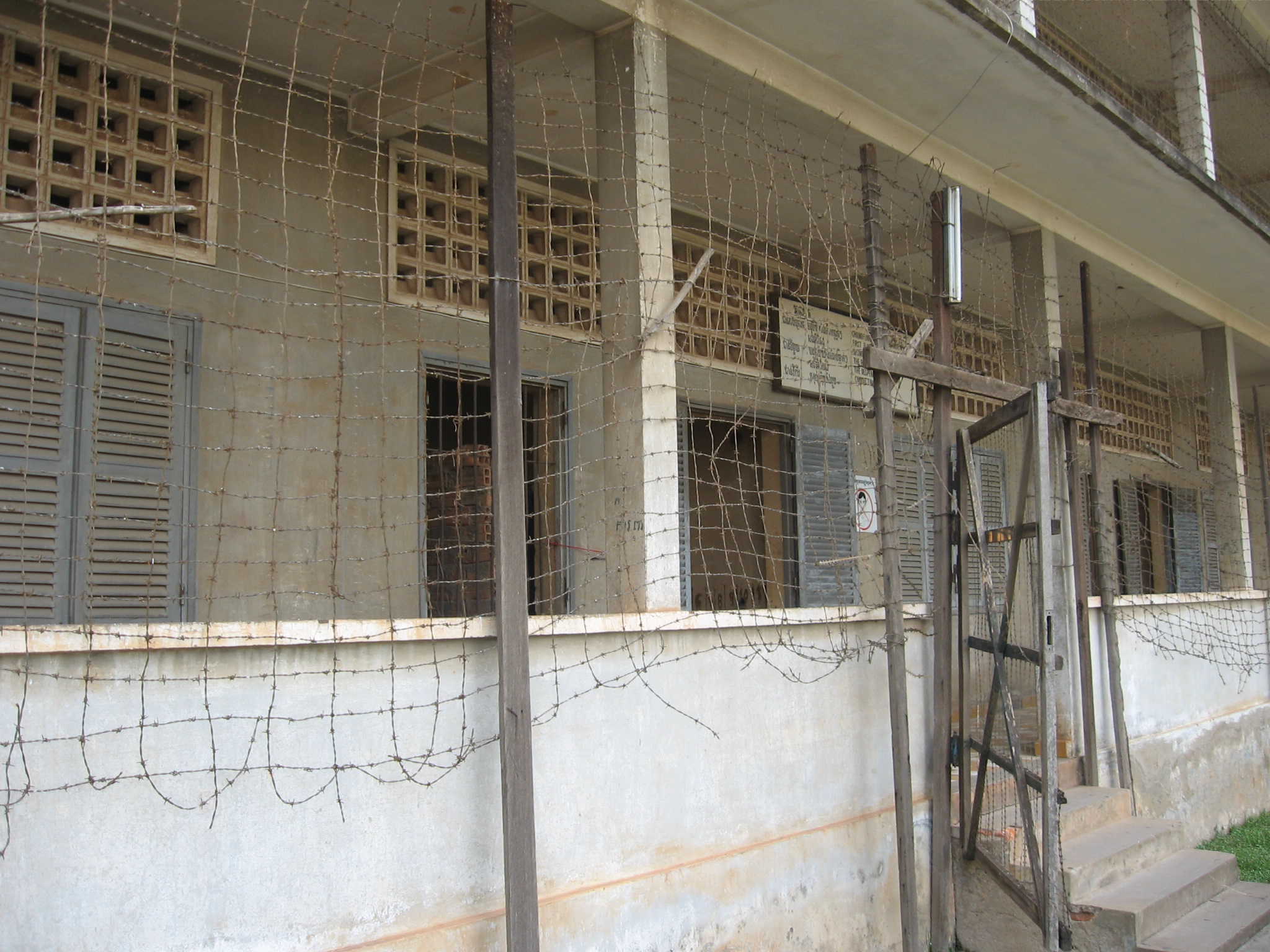
- When It Occurred: 1975-1979
- Who Fought: Cambodia and United States
Shortly after the most publicized bombings of Laos was the Cambodian Genocide that occurred at the hands of the Khmer Rogue and Pol Pot.
The genocide was due to disease plus the starvation, overworking, and execution of Cambodians while Pol Pot was in power. Many of them were thrown into detention centers that were so dangerous that only a handful survived out of tens of thousands who were sentenced there.
The United States tried to help by invading Cambodia and bombing the area. Some say the bombing went on for eight years, but much of the events are shrouded in secrecy.
The China Relief Expedition
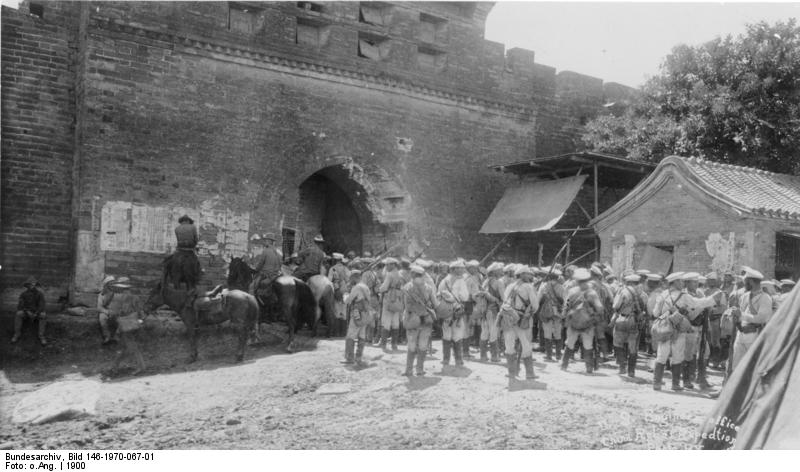
Bildvorderseite: 36.th Inf. U.S.V., U.S. Engineeoffice; China Relief ExpeditionPhoto by C.(G.?) F. O´Keefe Bildrückseite: Peking, Russ. Inftr. am Ostthor
- When It Occurred: 1900
- Who Fought: America, China, Various Other Nations
Next on our list of the forgotten wars no one remembers is The China Relief Expedition, which is also known as the Boxer Rebellion. In 1900, a nationalist movement took place in China as a group called the Fists of Righteous Harmony, also known as the Boxers, were on a mission to drive out all foreign colonizers.
As a result, over 3,500 foreigners in the area fled from the attacks. To help those foreigners, the United States teamed up with various other nations. The U.S. sent 2,500 soldiers. The pinnacle of the altercation occurred near the city of Beijing, where the Americans climbed a wall so that they could clear a path for the other nations to come to fight off the Boxers. Though it was a relatively brief “war,” more than 100 Americans were killed.
The Aroostook War
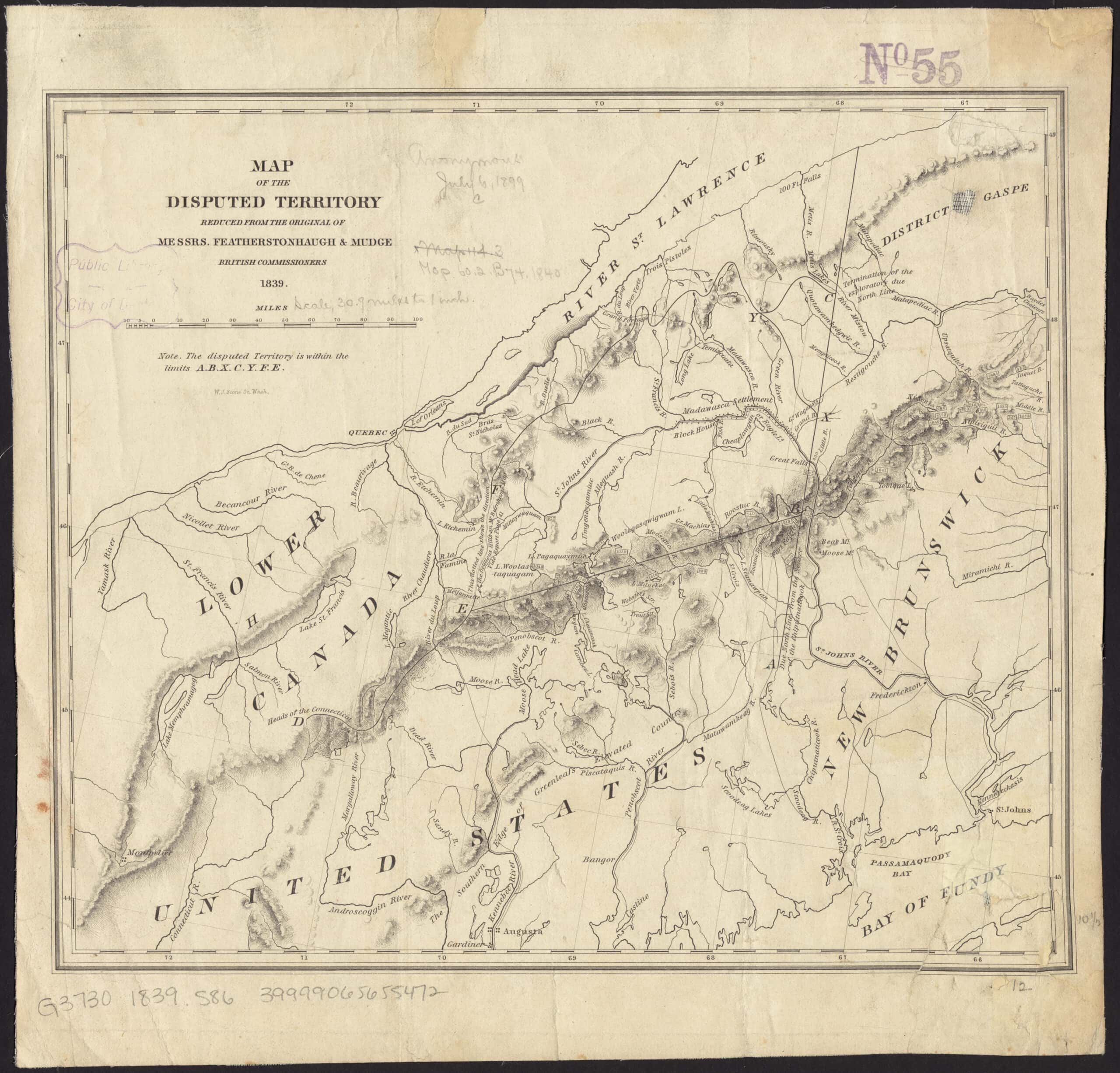
- When It Occurred: 1838-1839
- Who Fought: United States and United Kingdom
This was a small altercation that took place on the border between the state of Maine and the New Brunswick colony back in 1838. The issue was that lumberjacks were arrested on both sides of the border because both the U.S. and U.K. forces thought they were harvesting trees on the wrong side.
The “war” itself was brief. While both sides took out their militias and were ready to fight, the issue was resolved diplomatically, and no soldiers were killed.
The Battle of Ain Jalut
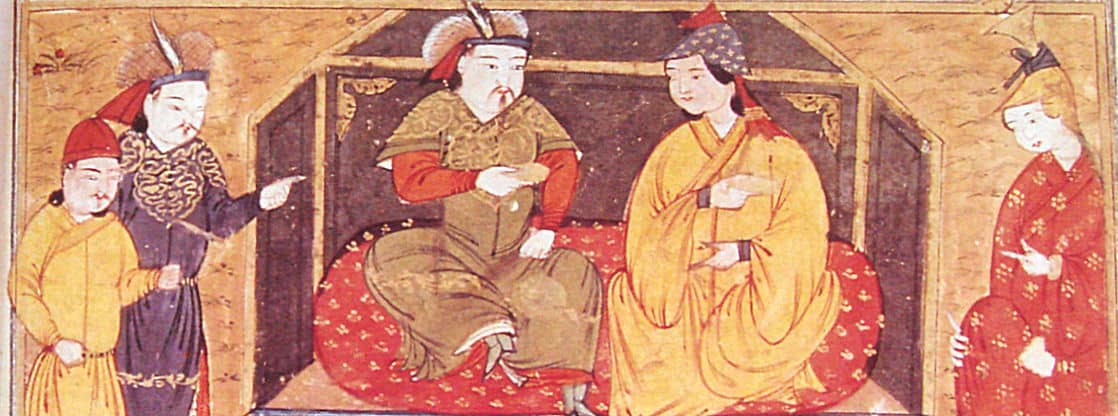
- When It Occurred: 1260
- Who Fought: The Mamluks and the Mongols
This long-ago battle took place between the Mamluks, who ruled Egypt and much of modern-day Iraq, and the Mongols, who were under Hulagu Khan.
The Mongols sent envoys to Cairo and demanded that the Mamluks surrender. However, the Mamluks did not want to surrender and instead beheaded the messengers that the Mongols sent. Hulagu Khan departed back to Mongolia, but he left behind 10,000 troops. They began raiding towns, and the Mamluks fought back and easily crushed the Mongols.
U.S. Occupation of Nicaragua

Sandinos Flag. Nicaragua, 1932. (Marine Corps)EXACT DATE SHOT UNKNOWN NARA FILE #: 127-N-516038 WAR & CONFLICT BOOK #: 376
- When It Occurred: 1912-1933
- Who Fought: United States and Nicaragua
This confrontation is one of the forgotten wars no one remembers, and it all started in 1912. The nation of Nicaragua was in chaos as both liberal and conservative groups were trying to control the government. Fearing complete destruction, representatives from the American embassy contacted Washington and asked for help to protect the Americans in Nicaragua.
As a response, the U.S. sent over 500 soldiers to Nicaragua to provide that protection. The soldiers protected railroads and U.S.-owned businesses and worked to restore stability in the nation. The plan worked, and for many years, they achieved that stability. However, in 1927, Nicaragua fell into chaos again. The U.S. soldiers defeated the enemy forces and then stayed in the area until a new president could be installed. The altercation officially ended in 1933, but due to all of the unrest, more than 140 Americans were killed.
Sonderbund War
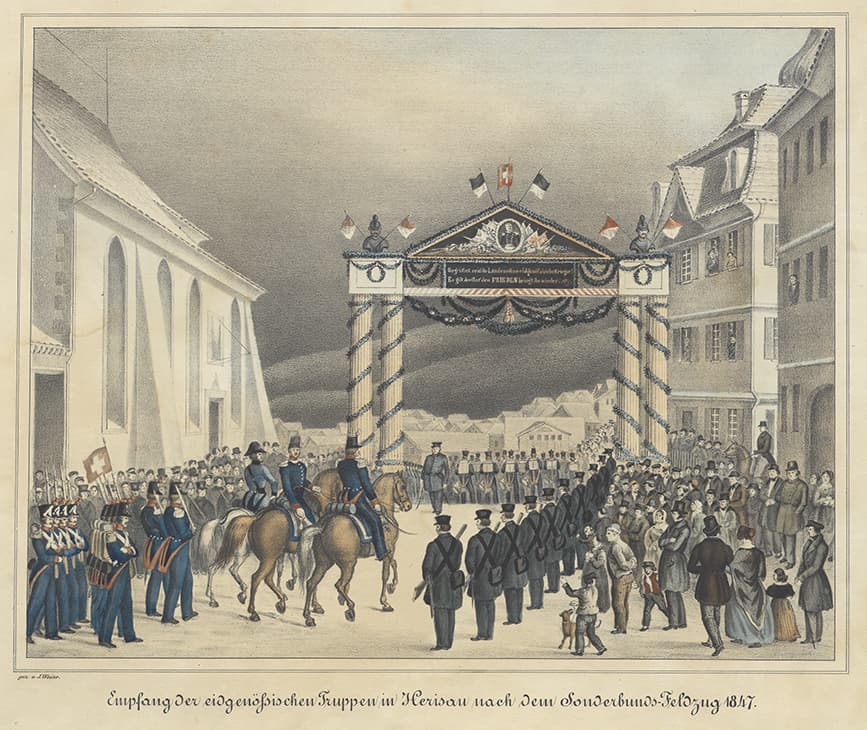
- When It Occurred: November 3 – 29, 1847
- Who Fought: Switzerland
Switzerland is typically known as a country that doesn’t get involved in international conflicts, but there was one time when the country was at war with itself. It was in 1847 when a civil war broke out in another of the forgotten wars no one remembers.
Several Catholic cantons formed a sonderbund (separatist league) and they broke off from the rest of the cantons in the area. They did so because they wanted to prevent the creation of a centralized government. The battling between the two groups began but only went on for 26 days before the rebels were defeated. Throughout it all, 89 people were killed.
First Barbary War
- When It Occurred: 1801 – 1805
- Who Fought: United States and the Barbary States
The Barbary States were modern Algeria, Morocco, Libya, and Tunisia. During this time, the Barbary pirates were raiding ships along the Mediterranean and the African coast, and they were taking the crews hostage and ransoming them back to their home country.
After diplomatic talks fell through, Tripoli (a city in Libya) declared war on the U.S. The battling began in 1801, and during the next three years, the American fleet attacked enemy fleets and blockaded Barbary ports.
Finally, in 1805, American marines attacked and captured the city of Derna. Knowing that the end was near, forces in Tripoli and the U.S. signed a treaty to end the war, and all American prisoners were released.
The 100 Hour War
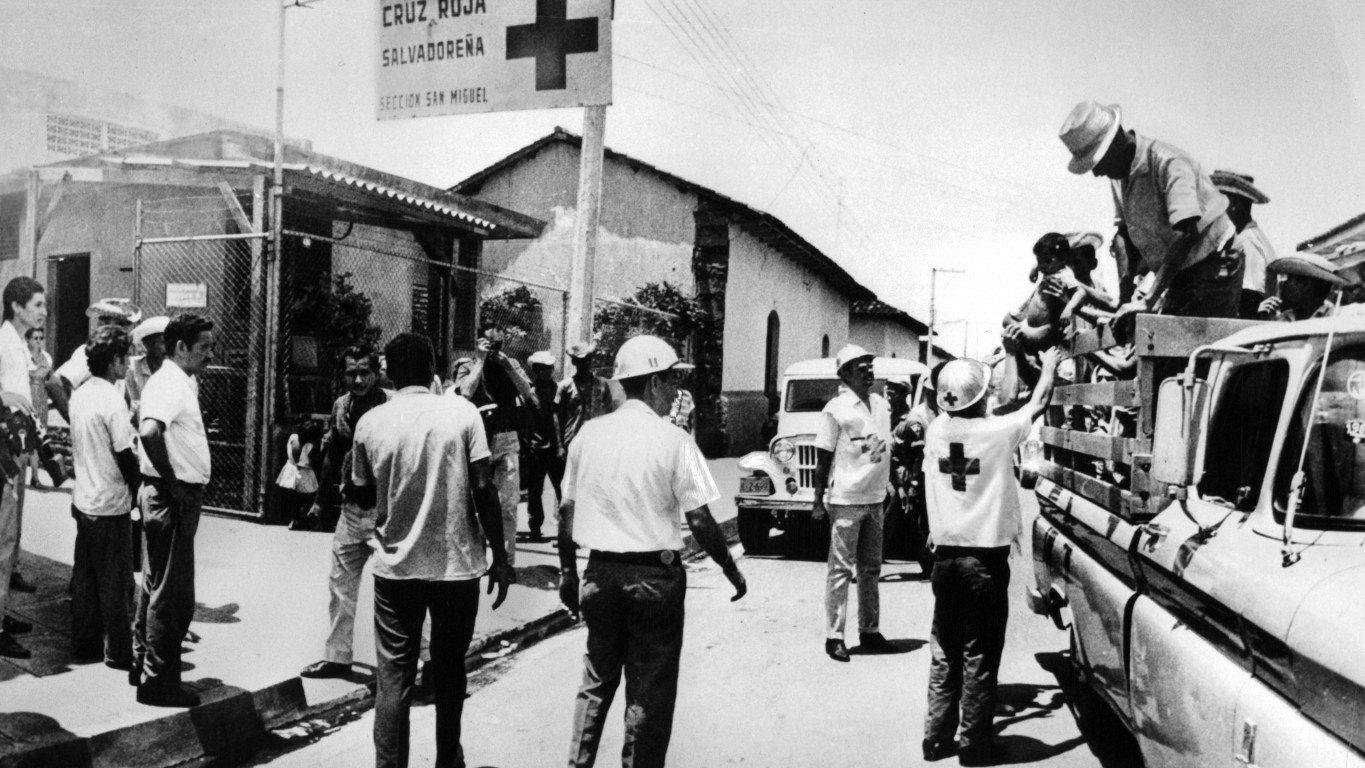
- When It Occurred: 1969
- Who Fought: El Salvador and Honduras
Also known as “the football war,” this short battle was the result of a combination of factors that raised tensions between El Salvador and Honduras. The main issue was that the people of Honduras were upset that the citizens of El Salvador were moving to Honduras to take their farmland. As a result, Honduras tried to force the migrants back to El Salvador.
While that situation was already causing incredible tension, what pushed things over the edge was a football (soccer) game between the two countries in which El Salvador was the victor. That angered the people of Honduras.
The combination of events was too much to bear, and the result was an attempted invasion of Honduras by the people of El Salvador. The battling took place over four days, and in the end, there were 3,000 casualties. Finally, both sides reached an agreement.
Anglo-Zanzibar War
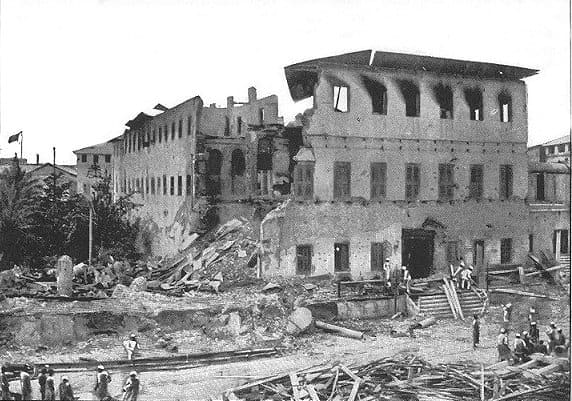
- When It Occurred: 1896
- Who Fought: British and Zanzibar
Also known as the shortest war of all time, the Anglo-Zanzibar War is another of the forgotten wars that no one remembers. It lasted only about 38 minutes, so unless you’re a history buff, it’s easy to accidentally skip it in class.
This altercation became a reality after the sudden death of the Sultan of Zanzibar. Without getting approval, the sultan’s nephew, Khalid bin Barghash, declared himself to be the new permanent ruler.
The problem was that a protection treaty was in place, and all new appointments had to be approved by the British. However, even though he knew that was the rule, Khalid bin Barghash refused to back down, and he barricaded himself in the palace. He put 2,800 defenders in place for protection.
The British tried to intimidate Khalid bin Barghash by bringing in cruisers and gunboats, but he wouldn’t back down. Instead, he took his own weapons and aimed them back at the British. Khalid bin Barghash didn’t really believe that the British would fire on him, but they did. After 500 of his men were wounded or killed, he surrendered and then fled into exile. The British installed their own sultan later that afternoon.
The United States Intervenes in the Dominican Republic
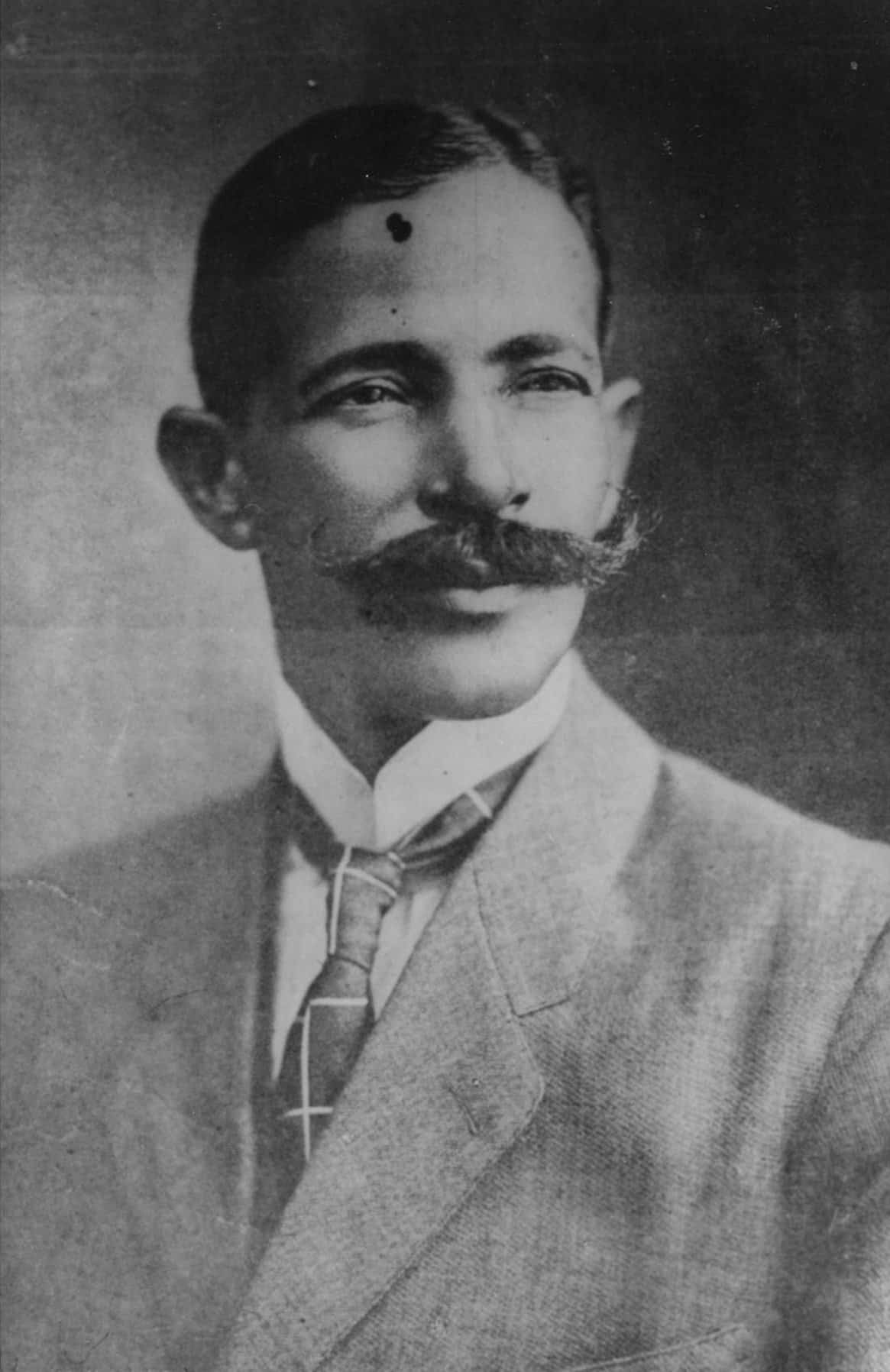
- When It Occurred: 1916–1924
- Who Fought: United States and Dominican Republic
In 1916, Desiderio Arias, the Dominican Secretary of War, seized power in the Dominican Republic. Fearing what he would do in the area, the U.S. Navy threatened force if he didn’t leave. It didn’t work, and three days later, the U.S. sent in the Marines, and several battles ensued.
They eventually helped to stabilize the country, but through it all, 180 Americans were killed. During the chaos, American sugar companies acquired many sugar plantations in the area. The other Latin American countries didn’t like that and pressured the U.S. to withdraw, which they did in 1924.
King Philip’s War
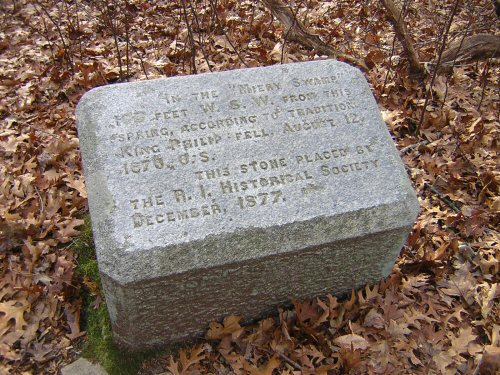
- When It Occurred: 1675-1676
- Who Fought: Indians and Puritans in the Early U.S.
Also known as Metacom’s War, this conflict began after Wampanoag Indian Chief Metacom and his tribe folk who lived in the United States were tired of their dependence on the Puritans.
They attacked colonies throughout Rhode Island and Massachusetts. The initial attacks began a series of battles between Metacom and his men and the colonial militia. The war ended with the beheading of Metacom and the death of many of his men.
Queen Anne’s War
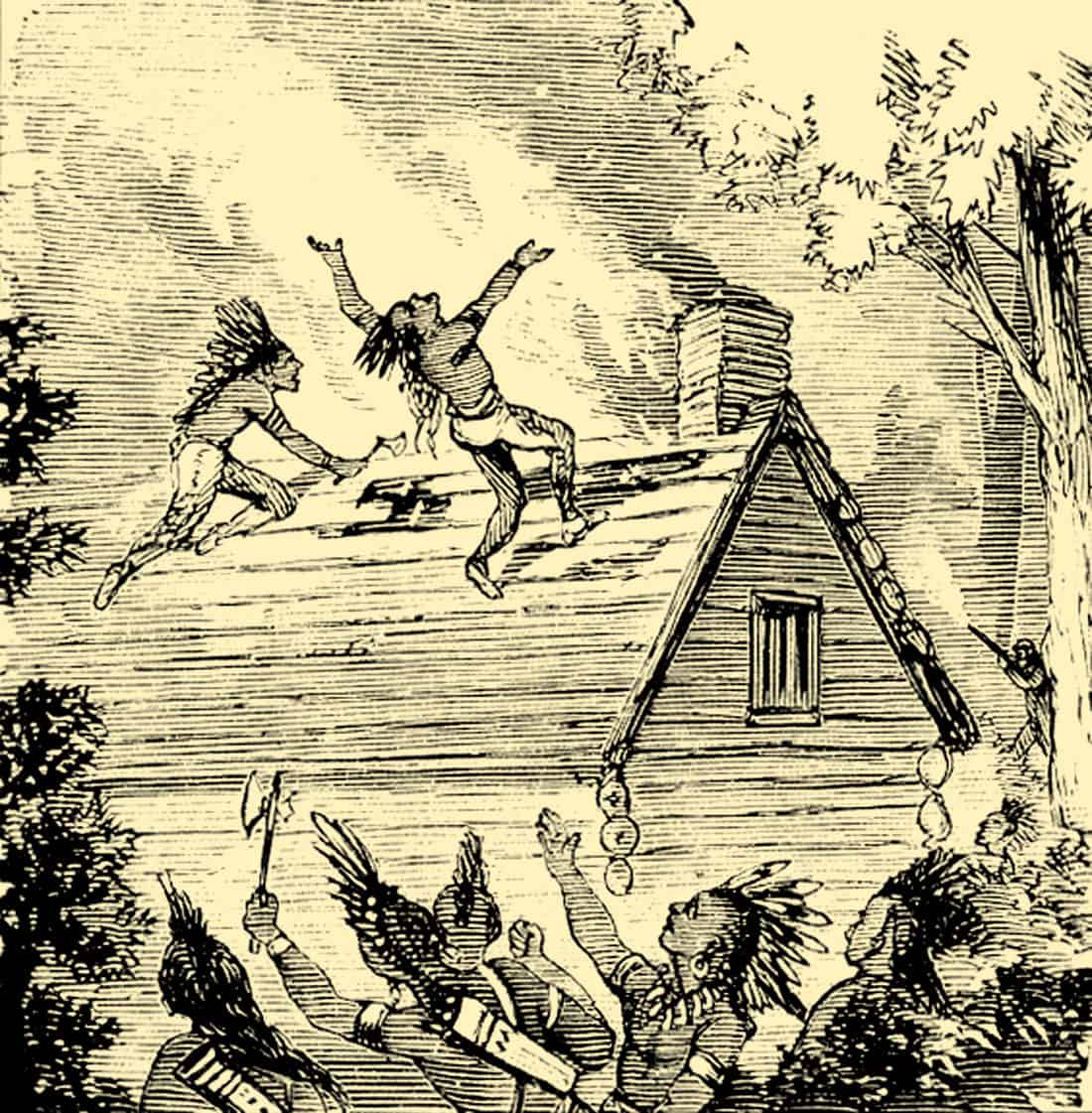
- When It Occurred: 1702-1713
- Who Fought: French and English Colonists
This was one of the many that involved colonists and Native Americans. Queen Anne’s War was between the English and French colonists, but it also involved the Indian allies on both sides.
The war took place in several locations, including Newfoundland, Acadia, New England, and Spanish Florida. There were many casualties, but the war ultimately ended with the Treaty of Utrecht. However, the Indians were not invited to the peace treaties and they lost a great deal of their land in the process.
While there are many forgotten wars no one remembers, there are many altercations that are all too familiar. One of them is the Iraq War, and you can check out 26 haunting images of that war.
